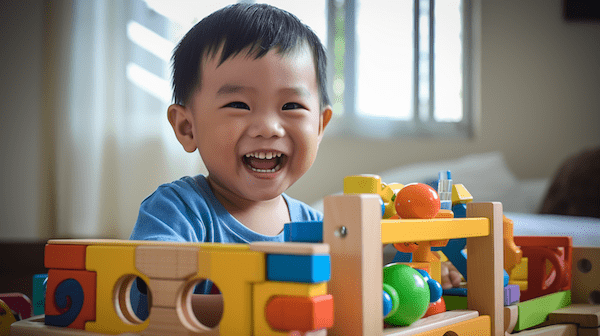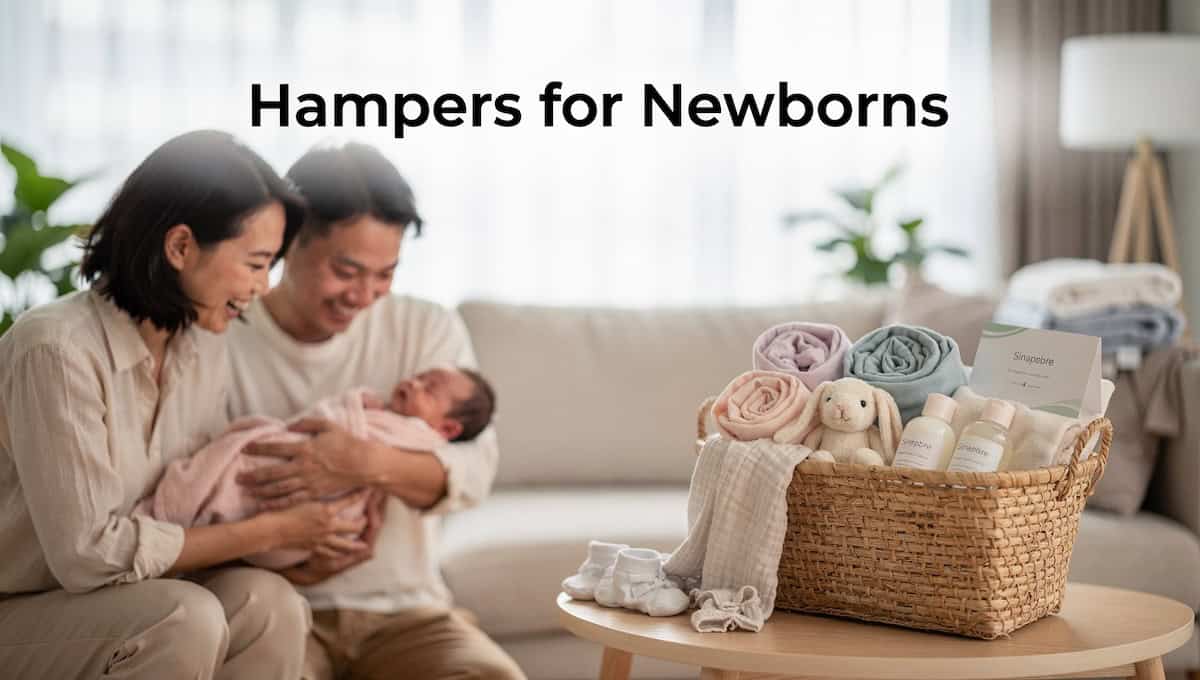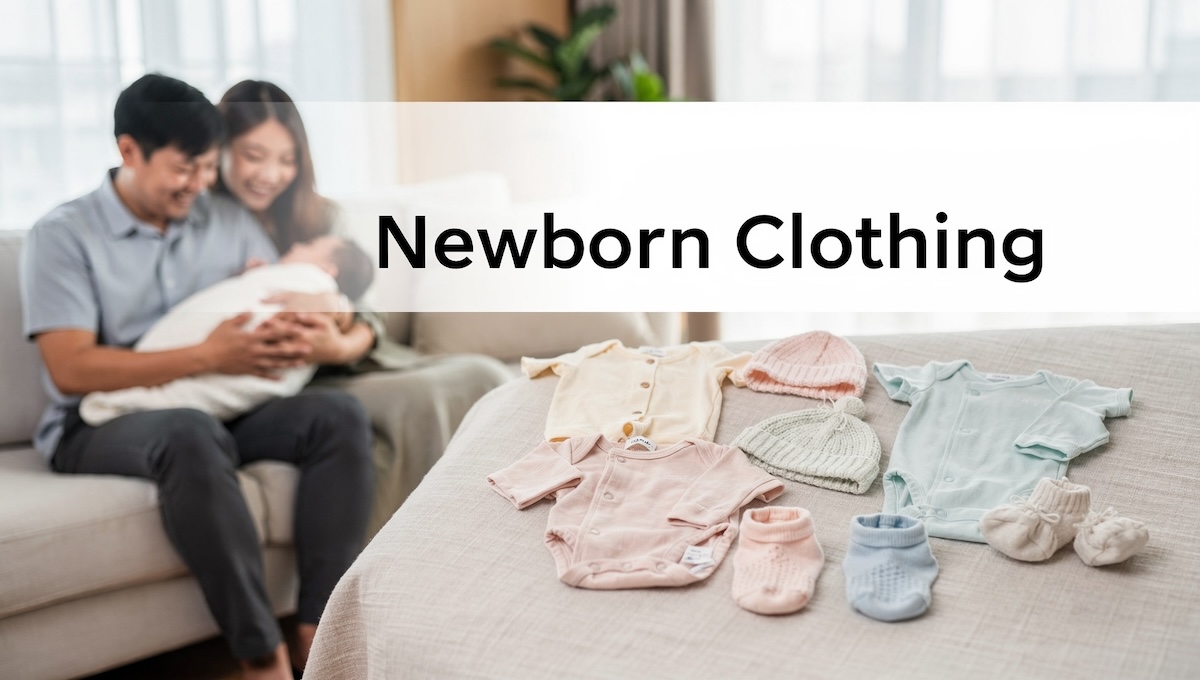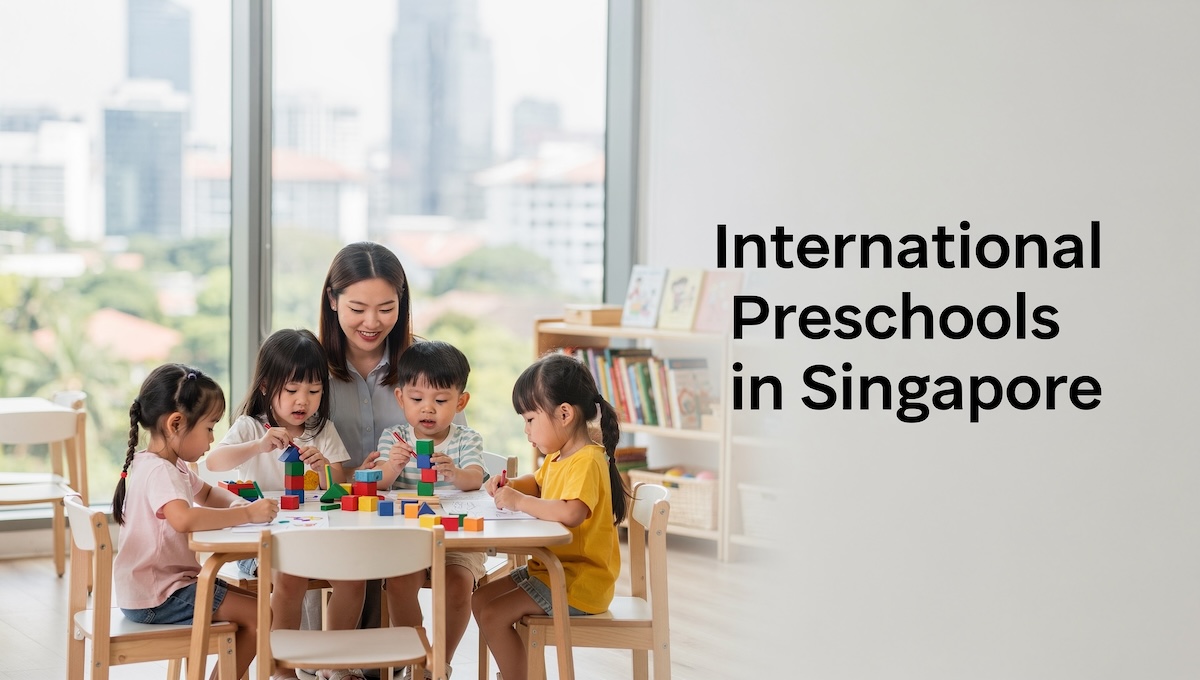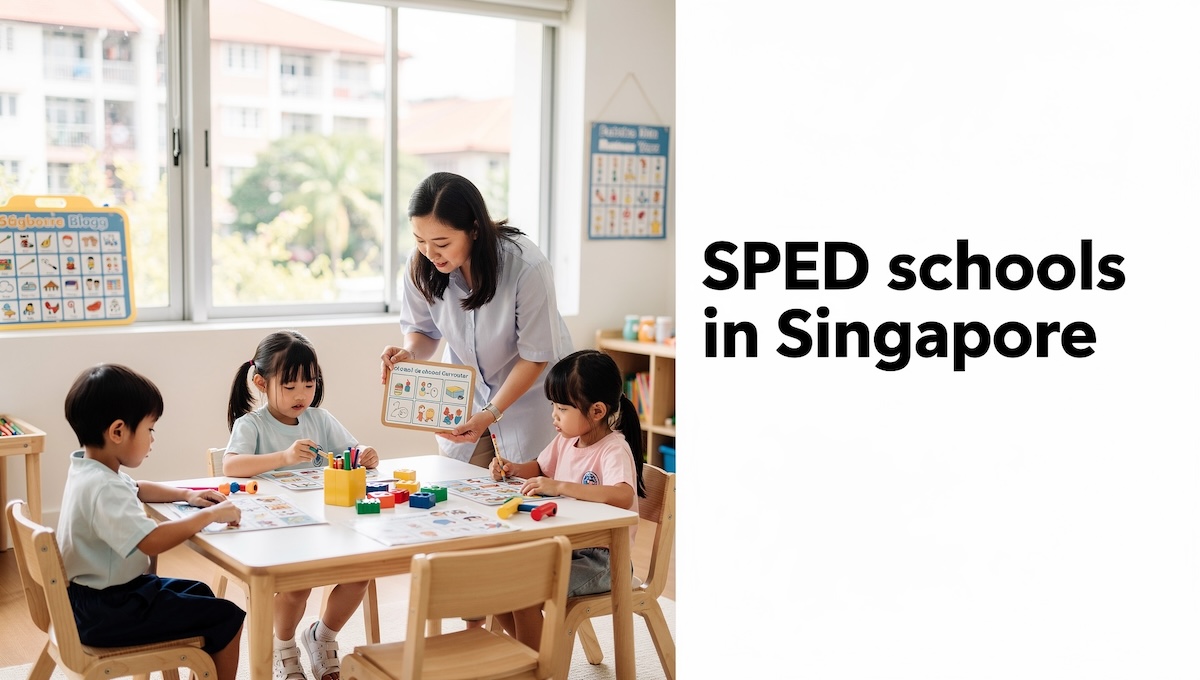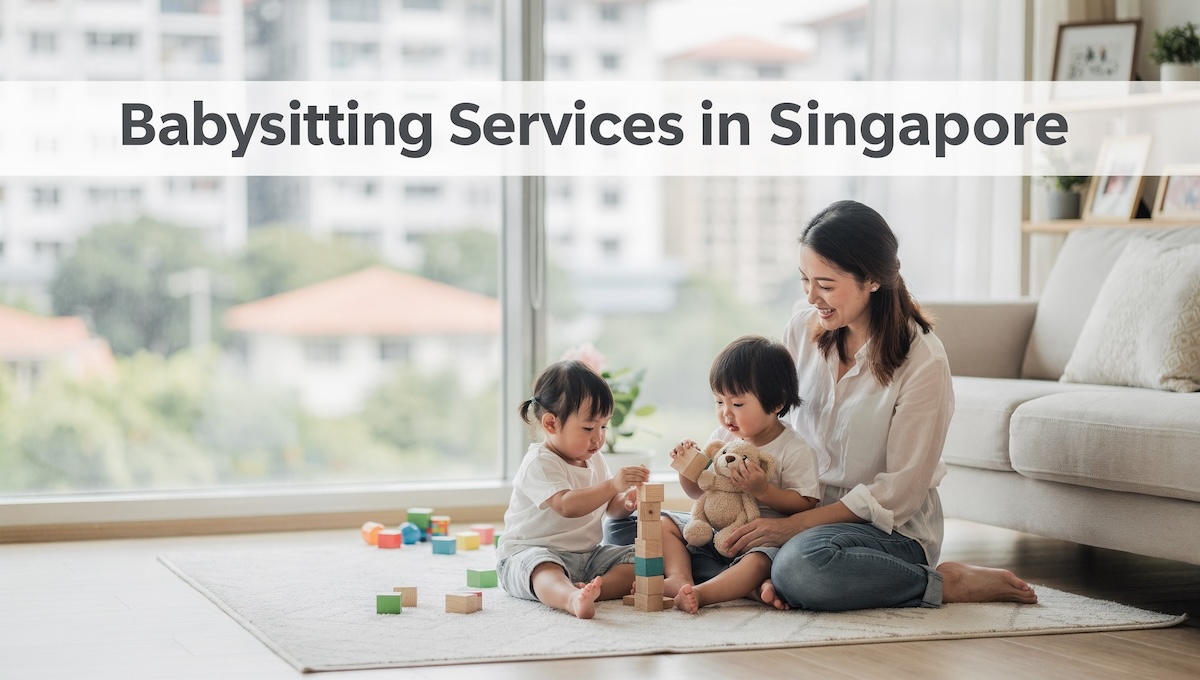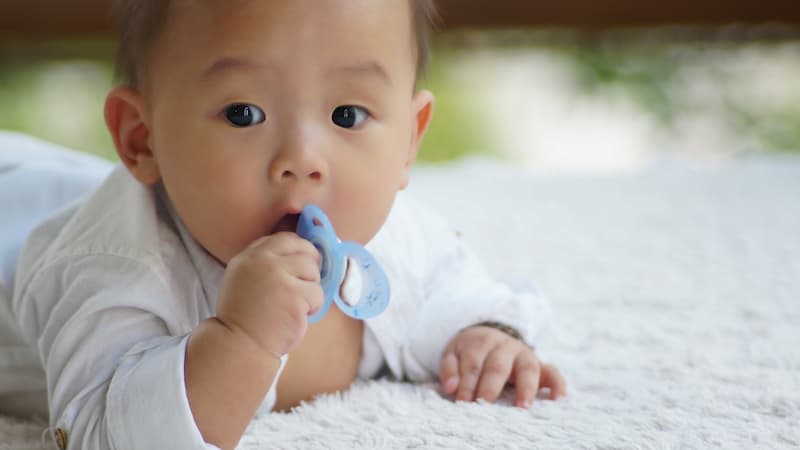As parents, we do everything we can to try and keep our children safe. That includes making sure that the toys we purchase are absolutely safe for our children to use or play with.
But as end consumers, we only get to see the product itself and have no access to how they were manufactured and what materials were used during its production.
This is where Singapore safety regulations come in to ensure product safety.
What’s the importance of having a toy safety regulation?
By law, toys for children are required to be safe. Toy manufacturers are required to ensure their products meet these stringent safety standards before they reach the market.
Thus, each toy needs to undergo a strict inspection process that scrutinizes its:
chemical and electrical properties
flammability
physical and mechanical components
age suitability
radioactivity
In Singapore, toy safety regulations fall under the Consumer Goods Safety Requirements (CGSR) law. This law is governed by the Singapore Ministry of Trade and Industry and is enforced by Enterprise Singapore.
Just like in other countries, the primary purpose of the Singapore CGSR is to ensure that all toys deemed for retail have passed stringent safety checks. It also has the power to ban or remove those that have not met said safety requirements.
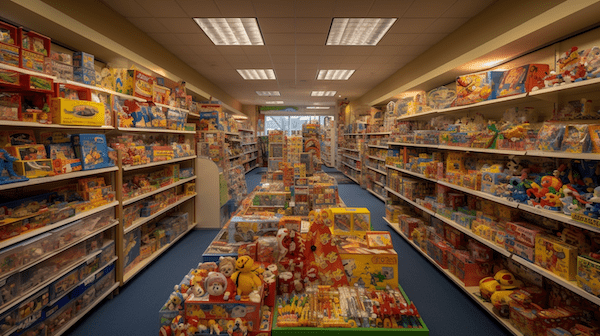
What sort of toys are regulated in Singapore?
Under CGSR regulations, “all” toys intended for sale to the general public are regulated.
To name a few, this includes:
Toy guns
Toy containers with candy/sweets
Toy chemistry sets
Balloons
Building blocks
Dolls
CGSR even has jurisdiction over the ability to sell general children’s products such as:
Baby cribs
Baby walkers
High chairs
Finger paints
Swimming floatation aids
Inflatable PVC plastics
What is Singapore’s toy safety standards?
The compliance standards Singapore implements run from “SS 474 – 1 to 6”.
“SS” stands for “Singapore Standard,” and the “474” pertains to the numerical list; in comparison to other safety standard regulations implemented within Singapore.
Here are each toy compliance standards and what it covers.
SS 474 – 1 – Mechanical and physical properties
SS 474 – 2 – Flammability
SS 474 – 3 – Migration of certain elements
SS 474 – 4 – Experimental sets for chemistry and related activities
SS 474 – 5 – Chemical toys (sets) other than experimental sets
SS 474 – 6 – Graphical symbol for age warning labelling
To put things simply, the list involves a toy’s ability to comply with set standards related to its chemical and electrical properties, flammability, physical and mechanical components, age suitability, etc.
Enterprise Singapore also has additional regulations pertaining to the use of heavy metals and specific chemicals used during manufacturing.
0.1% by mass of Diethyl hexyl phthalate (DEHP)
0.1% by mass of Dibutyl phthalate (DBP)
0.1% by mass of Benzyl butyl phthalate (BBP)
And if a toy is 5 centimetres or smaller or can fit easily into a child’s mouth, these additional regulations are also activated.
0.1% by mass of Diisononyl phthalate (DINP)
0.1% by mass of Diisodecyl phthalate (DIDP)
0.1% by mass of Di-n-octyl phthalate (DNOP)
What are similar international regulations to Singapore’s CGSR?
Singapore’s CGSR is a clone of these safety standards used in other regions.
ISO/IEC Standards (used internationally)
ISO 8124 – Toy safety standards
IEC 62115 – Standard for electric toys
ISO 7175 – Children’s cots and folding cots for domestic use
ISO 9221 – Children’s high chair
ISO 12312 – Children’s sunglasses
ASTM Standards (used in the USA)
ASTM F963 – Standard consumer safety specification for toy safety
ASTM F2050 – Standard consumer safety specification for hand-held infant carriers
ASTM F977 – Standard consumer safety specification for infant walkers
ASTM F1169 – Standard consumer safety specification for children’s cots/cribs
ASTM F404 – Standard consumer safety specification for children’s high chairs
EN Standards (used in the European Union)
EN 71 (parts 1-14) – Safety requirements for toys
EN 62115 – Safety of electric toys
EN 13209 – Safety requirements for baby carriers
EN 1273 – Safety requirements for baby walkers
EN 14344 – Safety requirements for child seats for cycles
EN 14988 – Safety requirements for children high chair
What are the labels or tags to watch out for on regulated toys?
Enterprise Singapore specified on their website that any toy that wishes to be sold within Singapore needs to have clear and readable warnings about the hazards of using said product.
These labels need to contain information pertaining to:
Material content
User instructions
Warning labels
Tracking labels
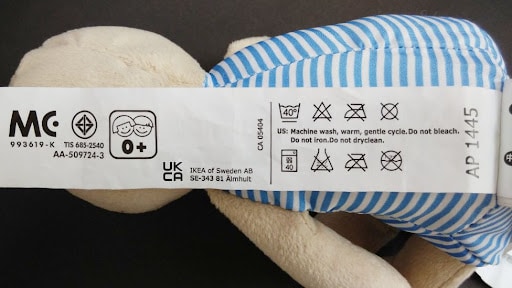
Said labels need to be highly visible, permanently attached to either its packaging or the product itself and should be in English.
Which authority to seek if you encounter toy-related issues?
For parents that want to report any toy-related issues or maybe want to know more about Singapore’s Consumer Goods Safety Requirements, you can email Enterprise Singapore at [email protected] or contact them at 6898 1800.
To minimize or avoid said issues, Enterprise Singapore came up with a list of recommendations of what to do during and after purchasing a toy.
Only buy from reputable or established sellers and brands
Check what the age recommendation of a toy is
Read through the instruction manual that comes with the toy
When it comes to magnetic toys, make sure that an adult is present during play and that the child won’t ingest said toy.
Check the toy for any broken or loose parts.
Consult with a medical professional if and when your child feels unwell right after play.
Once your child is done with playing, store any magnetic toys in a safe place.
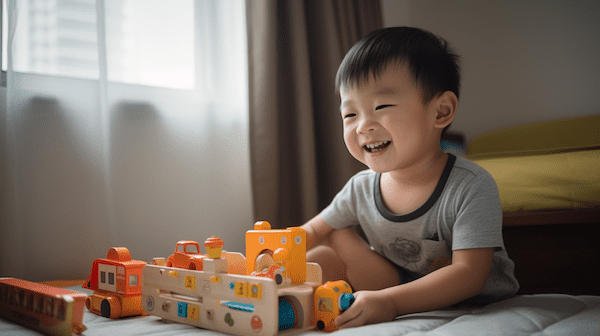
Disclaimer
This article’s content results from research made by our content writers through publicly available information about the subject matter. It is meant for general information use only.
Though the information in this article can be regarded as factual, information pertaining to product compliance, processes, testing, safety issues and standards, labelling, as well as any other information associated with how Enterprise Singapore and the Singapore Ministry of Trade and Industry implement the Consumer Goods Safety Requirements (CGSR) is based on the interpretation of our writers based off the public data available to them regarding the topic at hand.
Any information pertaining to the Consumer Goods Safety Requirements written in this article should not be deemed as any form of legal advice from this website’s owners.
